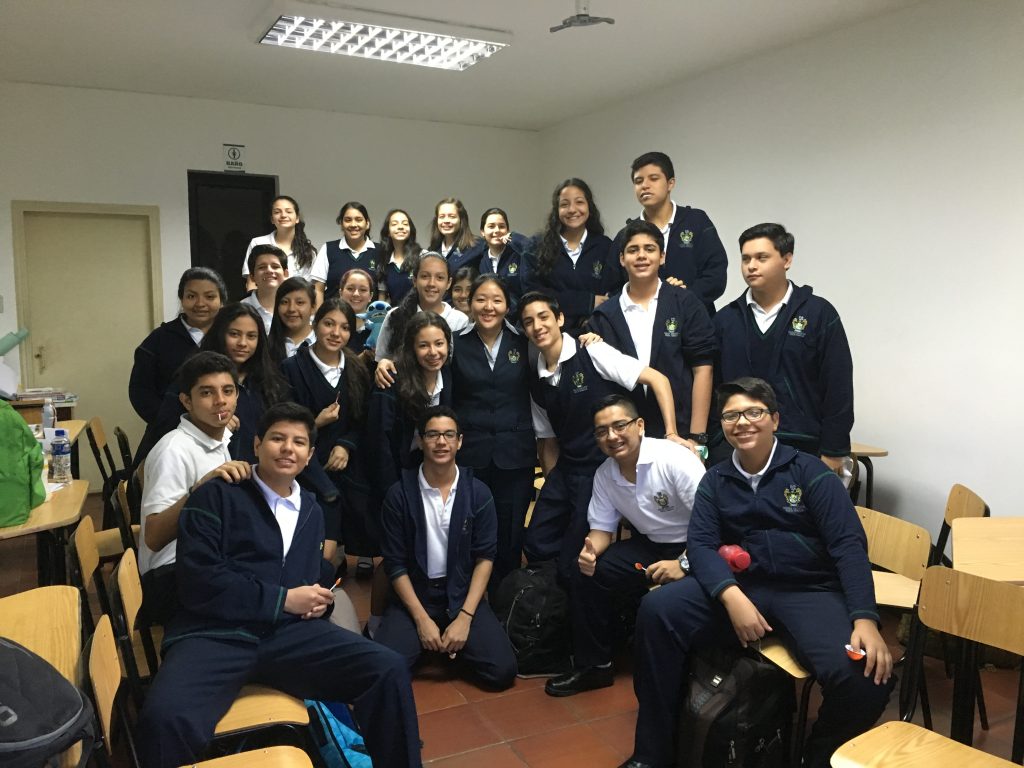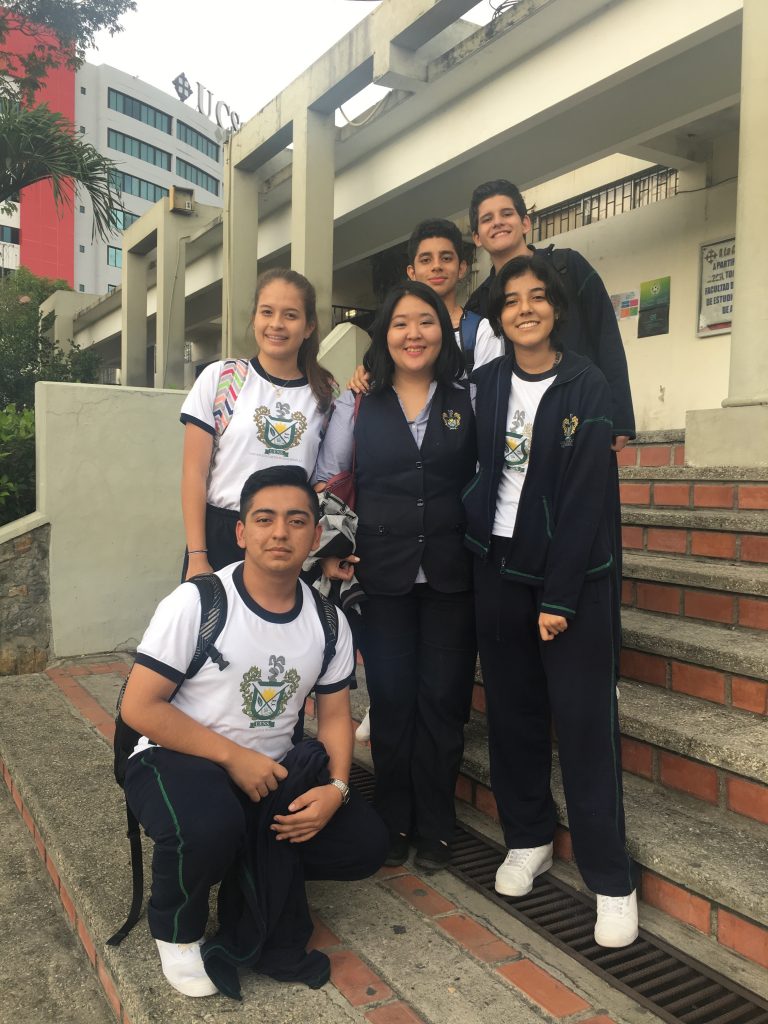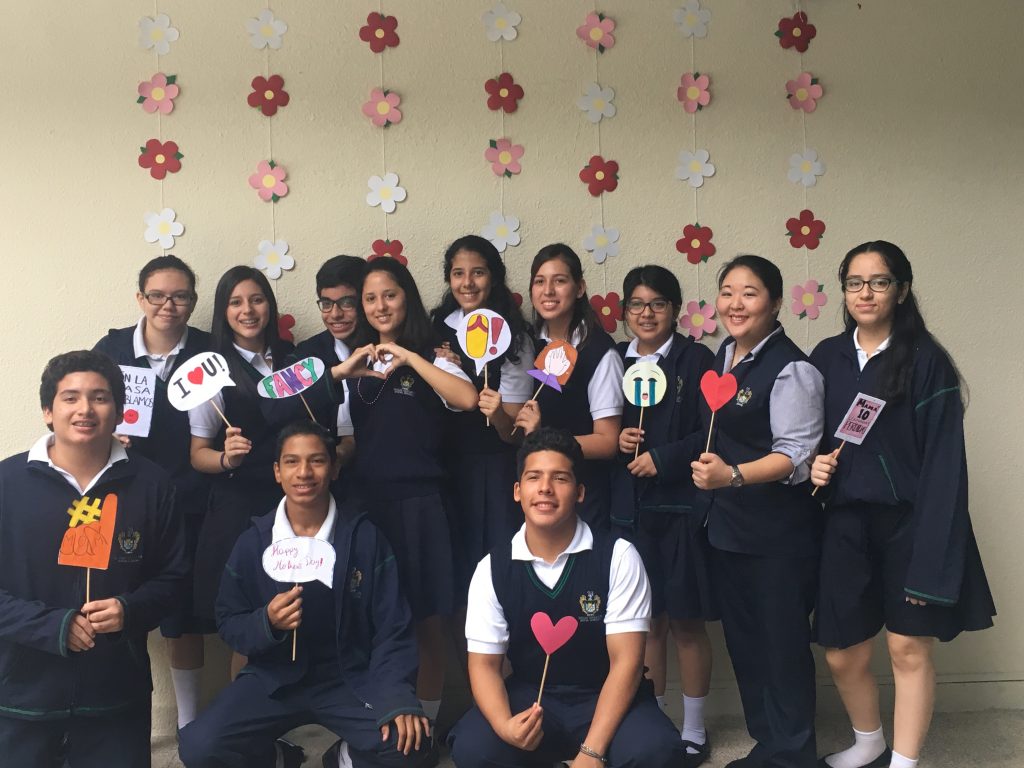Are you looking for new ways to keep your students’ engaged? IB teachers share their most effective methods with IB World magazine
In the fast-paced world we live in, it’s becoming harder to keep students engaged. Teachers have to strike a balance between keeping lessons interesting, fun and relatable for each student. Whether you’ve been teaching for two months or 20 years, it can be difficult to know which strategies will work best with your students. There is no ‘one-size-fits-all’ solution. Classrooms bring together students from different backgrounds with various abilities and personalities.
Educators can learn various teaching methods from each other. Below, IB teachers from around the world share their most effective engagement strategies, which have set the foundation for successful learning…

1. Establish an emotional connection
“Get to know your students. Learn what interests them and connect that with the subject matter. When the students connect emotionally, their attention and commitment is complete.’
“On our Creativity, Activity, Service (CAS) trips to local villages – where students work to promote nutrition, education and awareness about health – I observed complete engagement.’
“Within the classroom, if the teacher or the subject appeals to their emotions, I have observed greater engagement. It’s safe to say that emotional intelligence (EQ) rules.”
Anamika Kundu, IB Diploma Programme (DP) Teacher, SVKM JV Parekh International School, Mumbai, India
2. Empathize with students
“We need to have a hat full of tricks, like magicians to engage students. All students are different so it is essential to empathize with them, by having a long-term goal that each of them develops their full potential.’
“Each part of the curriculum serves as an excuse to develop their abilities. If we are able to understand where they are academically, and why they’re there, we are able to develop and prepare relevant lessons.’
“I had three students who enjoyed a band call BTS, and the rest of the class knew of them. One day, while using Facebook, I saw the band giving a speech to the United Nations. I showed this to my class, and we were able to talk about self-love and how it impacts our motivation. Students appreciate lessons that are closer to who they are.”
LayWah Carolina Ching, Former Business Management and DP teacher and Language Department Coordinator, Unidad Educativa Bilingüe Nueva Semilla, Ecuador

3. Treat students like your own children
“When I was new to teaching, my mentor said: ‘Always teach your students like they are your own biological children.’ If I did that, I would forever ensure that I would do my very best to make sure they were successful, he said. This is one of the best pieces of advice I have ever received. I continue to do that very thing even as a central office administrator.”
Nardos King, Former Principal of Mount Vernon High School, Virginia, US
4. Look after your wellbeing first
“The best advice I received was: ‘Fit your own mask first and don’t expect all your passengers to behave in the same way.’
“There have been times when I have lost balance between work and life and honestly, all facets of my life suffered. ‘Fitting your own mask first’ is crucial for work/life balance.’
“‘Not expecting all your passengers to behave in the same way’ acknowledges the complexities within humans and human relationships. Years after this initial advice, Strength-Based Leadership resonated with me. Discovering, acknowledging, nurturing differences and reframing some of these as strengths, provides a solid foundation for effective relationships with students and staff.’
“A myriad of challenges that I have encountered throughout my career have ultimately been solved by remembering to prioritize myself, and by valuing the diversity in the people around me.”
Claire Calvert, Primary Years Programme (PYP) Coordinator, Launceston Church Grammar School, Tasmania, Australia

5. Encourage curiosity
“Provocations’ get students excited about learning. During ‘agency time’, students work in multi-age groups to inquire about a topic of their choice. Each week, teachers carefully plan provocations on the topic, for students to interact with and get them curious about their learning.”
Brian Lalor, Primary School Principal at Xi’an Liangjiatan International School, China
6. Establish positive relationships
“Developing positive teacher-student relations is one of the most effective steps for engaging students. This also helps create a positive climate for discipline in the classroom. It’s critical to remember that when we treat students with respect, they are likely to appreciate and like us. Then, they are more willing to want to behave appropriately, which will eventually enhance learning.’
“When students feel their teacher is a caring person, then the classroom becomes a happier place for everyone.”
Dipsikha Mishra, PYP Teacher at Symbiosis International School, Maharashtra, India

